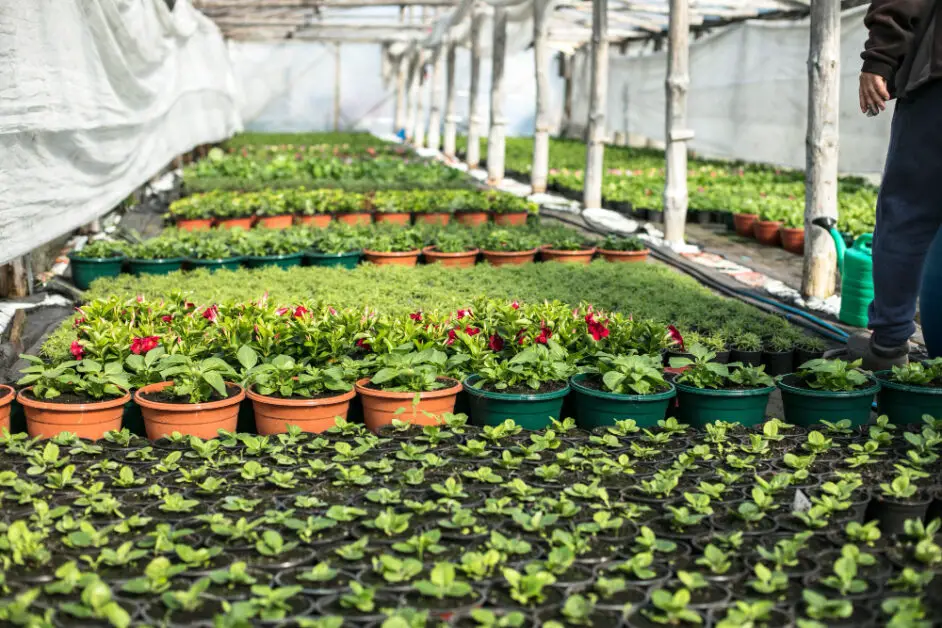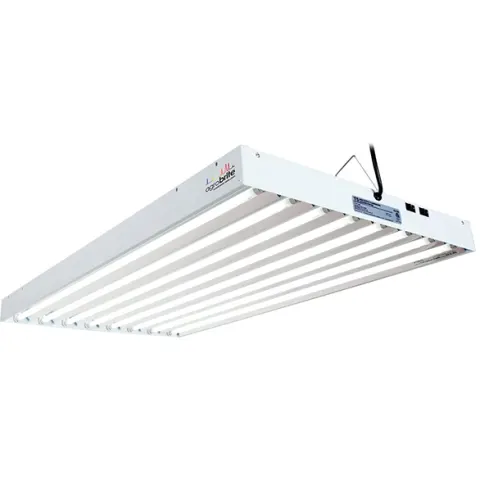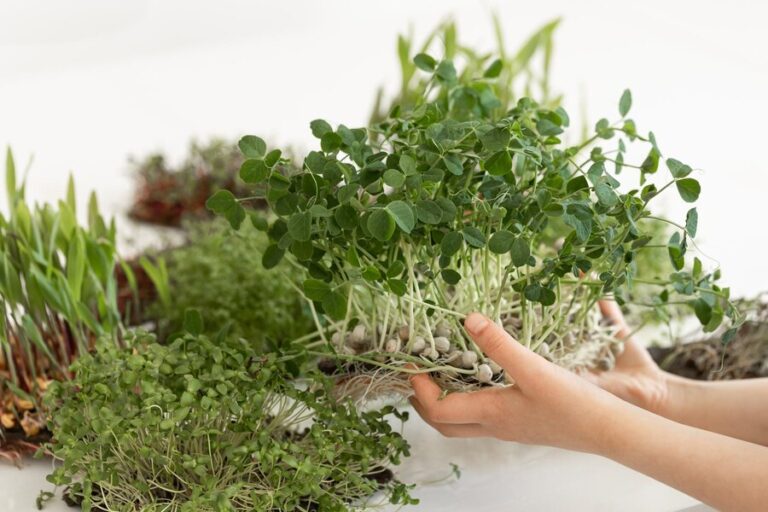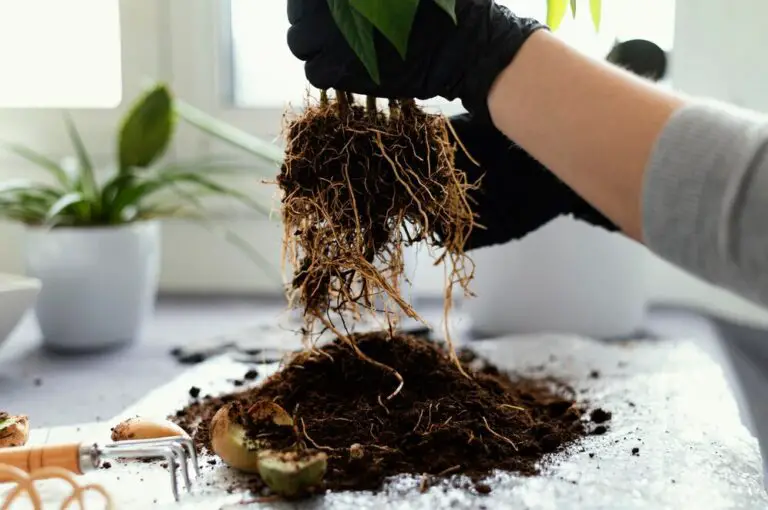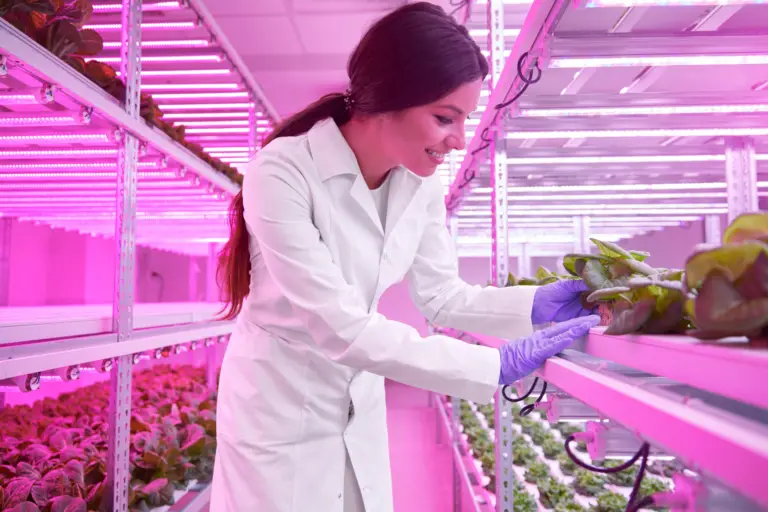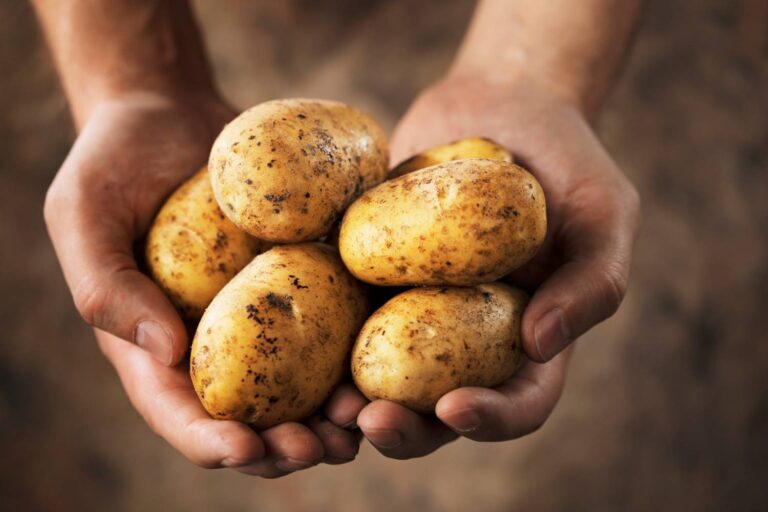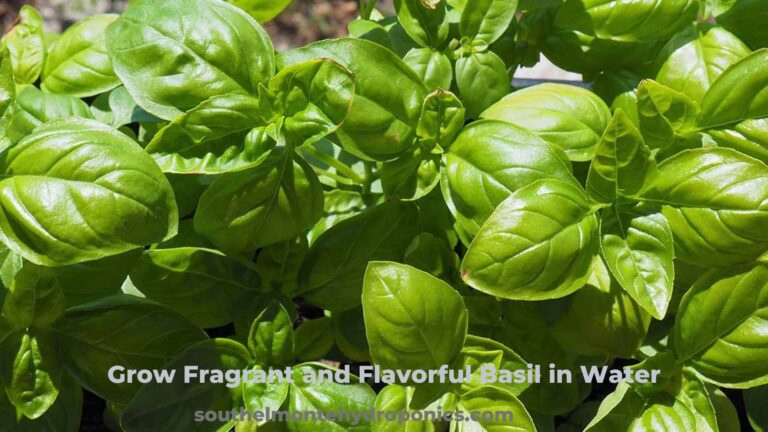The Pros and Cons of Wick Hydroponic Systems: Are They Worth It?
Table of Contents
3. Simplified Setup: Wick systems are easy to assemble and require minimal technical knowledge, making them accessible to individuals with limited experience in hydroponics.
Wick systems offer a simplified setup that is perfect for individuals with limited experience in hydroponics. Unlike more complex systems, assembling a wick system requires minimal technical knowledge. The straightforward design and minimal components make it easy for beginners to understand and implement. Whether you are a gardening enthusiast looking to explore hydroponics or a beginner trying out a new growing method, wick systems provide an accessible option that allows you to get started without feeling overwhelmed.

With wick systems, the simplicity of the setup does not compromise the potential for successful plant growth. The basic components, such as a container, growing medium, wick, and nutrient solution, can be easily sourced and assembled. This simplicity also means that you don’t need to invest in expensive equipment or deal with complicated plumbing or electrical connections. Wick systems provide a low-cost and low-maintenance option for those who want to dip their toes into hydroponics without feeling intimidated by more advanced systems. By offering an accessible starting point, wick systems allow individuals with limited experience in hydroponics to experience the benefits of soilless gardening with ease.
• Wick systems require minimal technical knowledge, making them perfect for individuals with limited experience in hydroponics.
• The straightforward design and minimal components make it easy for beginners to understand and implement.
• Wick systems provide an accessible option that allows you to get started without feeling overwhelmed.
• Basic components like a container, growing medium, wick, and nutrient solution can be easily sourced and assembled.
• You don’t need to invest in expensive equipment or deal with complicated plumbing or electrical connections.
• Wick systems provide a low-cost and low-maintenance option for those new to hydroponics.
• By offering an accessible starting point, wick systems allow individuals with limited experience in hydroponics to experience the benefits of soilless gardening with ease.
4. Portability: Wick systems are lightweight and portable, allowing growers to easily move them indoors or outdoors as needed.
Wick hydroponic systems offer the advantage of portability, making them an ideal choice for growers who require flexibility in their gardening endeavors. With their lightweight design, these systems can be easily moved indoors or outdoors as needed, allowing gardeners to adapt to changing environmental conditions or simply rearrange their growing setup.
The portability of wick systems presents a range of benefits for growers. First and foremost, it enables them to make the most of available space. Whether you have limited room in your backyard or prefer to have your plants close at hand indoors, the ability to move your wick system allows you to optimize your growing environment. This is particularly useful for urban gardeners or those living in regions with fluctuating weather patterns.
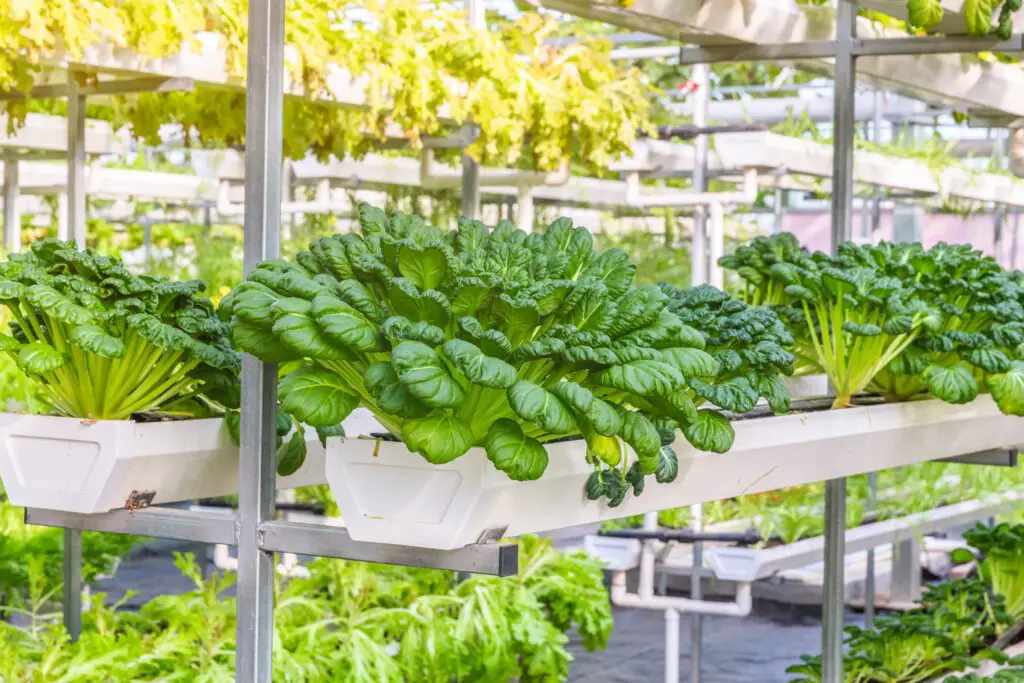
Furthermore, the ease of moving wick systems makes them highly suitable for experimentation and optimization. You can relocate your setup to different positions to identify the most favorable conditions for your plants, whether it’s finding the optimal amount of sunlight or ensuring consistent air circulation. Ultimately, the portability of wick systems gives you the freedom to control and manipulate your growing environment in pursuit of the best possible outcomes.
• Wick hydroponic systems are lightweight and portable, allowing for easy movement indoors or outdoors.
• The portability of wick systems allows growers to adapt to changing environmental conditions.
• It enables growers to optimize their growing environment, especially in limited spaces or urban settings.
• Moving wick systems makes experimentation and optimization easier, as growers can identify the most favorable conditions for their plants.
• The freedom to control and manipulate the growing environment leads to better outcomes for plant growth.
5. Reduced Energy Consumption: Unlike other hydroponic systems that require pumps or electricity to circulate water, wick systems operate without the need for any external power source.
Wick hydroponic systems offer a distinct advantage when it comes to energy consumption. Unlike other hydroponic systems that rely on pumps or electricity to circulate water, wick systems operate without the need for any external power source. This makes them not only more environmentally friendly but also more cost-effective.
By eliminating the need for electricity, growers can significantly reduce their energy consumption. This is not only beneficial in terms of sustainability but can also lead to substantial savings in the long run. Additionally, the absence of pumps or other mechanical components means that growers don’t have to worry about maintenance or the risk of system failures due to faulty electrical components.

The simplicity of wick systems allows for a streamlined setup that is accessible even to individuals with limited experience in hydroponics. The lack of complicated equipment or technical knowledge required makes wick systems an attractive choice for beginners or those looking for a hassle-free growing experience. The lightweight and portable nature of wick systems further adds to their appeal, allowing growers to easily move them indoors or outdoors as needed. Whether it’s in a small apartment or a spacious backyard, wick systems can adapt to different environments with ease.
• Wick hydroponic systems operate without the need for any external power source, reducing energy consumption.
• The absence of pumps or electricity in wick systems makes them more environmentally friendly and cost-effective.
• Eliminating the need for electricity can lead to significant savings in the long run.
• The simplicity of wick systems makes them accessible to beginners or those with limited experience in hydroponics.
• Wick systems are lightweight and portable, allowing growers to easily move them indoors or outdoors as needed.
6. Low Maintenance: Wick systems have fewer moving parts, reducing the need for regular maintenance and minimizing the risk of system failures.
Low maintenance is one of the key advantages of utilizing wick systems in hydroponics. These systems are designed with simplicity in mind, featuring fewer moving parts compared to other hydroponic systems. As a result, the need for regular maintenance is greatly reduced, enabling growers to save time and effort in tending to their crops.

With fewer components to manage, the risk of system failures is also minimized in wick systems. The absence of complex mechanisms, such as pumps or electrical devices, eliminates potential points of failure. This ensures a more reliable and stable hydroponic setup, allowing growers to focus on other aspects of their gardening activities. By reducing the maintenance requirements and minimizing the risk of system failures, wick systems provide an efficient and hassle-free solution for individuals seeking low-maintenance hydroponic alternatives.
• Wick systems have fewer moving parts compared to other hydroponic systems
• Regular maintenance is greatly reduced in wick systems
• Growers can save time and effort in tending to their crops with low-maintenance wick systems
• The absence of complex mechanisms like pumps or electrical devices minimizes the risk of system failures
• Wick systems offer a more reliable and stable hydroponic setup
• With less maintenance required, growers can focus on other aspects of their gardening activities
7. Versatility: Wick systems can be used to grow a wide variety of plants, including vegetables, herbs, flowers, and even certain fruiting crops.
Wick systems offer gardeners remarkable versatility when it comes to plant selection. From leafy greens to vibrant blooms, these systems can accommodate a wide variety of plant types. Leafy vegetables like lettuce, spinach, and kale thrive in wick systems due to their low nutrient demand and fast growth. Herbs such as basil, cilantro, and parsley also flourish in these setups, providing gardeners with an abundant supply of fresh flavors for culinary creations. Additionally, wick systems are suitable for growing flowers, allowing gardening enthusiasts to cultivate a vibrant and picturesque garden. The system’s ability to cater to certain fruiting crops, like peppers and small tomatoes, further expands the range of options available to growers. Whether one’s passion lies in cultivating a bountiful salad garden or a fragrant collection of herbs, wick systems offer an adaptable solution that accommodates a diverse array of plants.
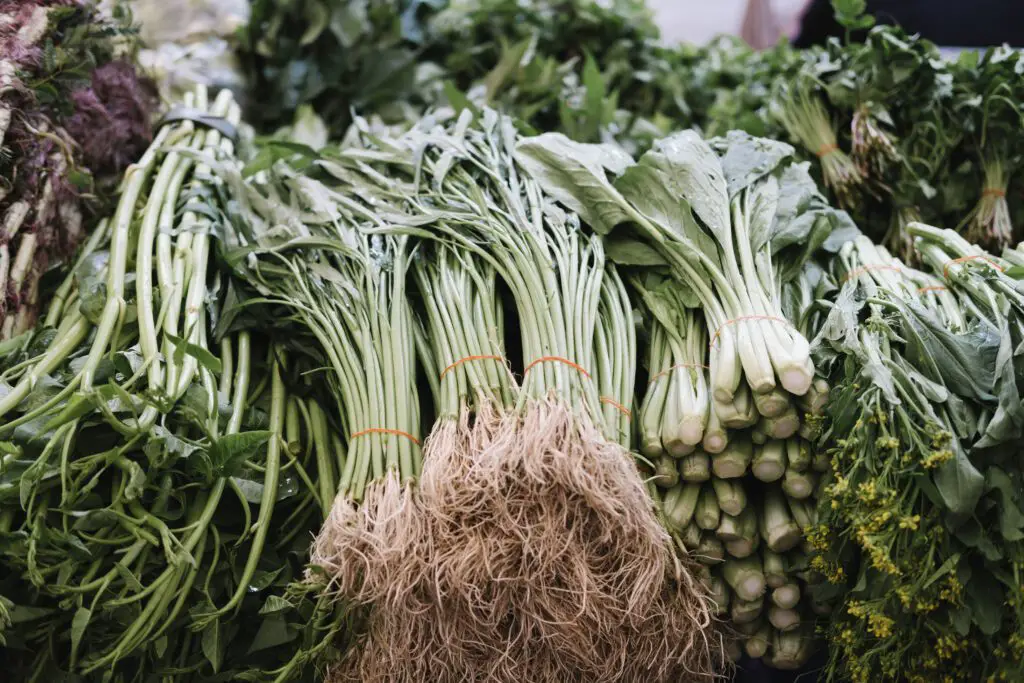
In addition to the wide array of plant options, the versatility of wick systems extends to their potential locations. These systems are lightweight and portable, making them ideal for both indoor and outdoor settings. Gardeners can easily move their wick system from a sunny patio to a well-lit corner of their home, depending on the weather or other environmental factors. This flexibility enables year-round cultivation, regardless of the available space. Imagine having the freedom to indulge in fresh, homegrown produce even during the colder months when traditional outdoor gardening may be limited. Wick systems allow gardening enthusiasts to bring the joy of gardening inside, offering a practical and versatile solution for all types of growers, regardless of their living arrangements or available outdoor space.
• Wick systems can accommodate a wide variety of plant types, including vegetables, herbs, flowers, and certain fruiting crops.
• Leafy vegetables like lettuce, spinach, and kale thrive in wick systems due to their low nutrient demand and fast growth.
• Herbs such as basil, cilantro, and parsley also flourish in these setups, providing an abundant supply of fresh flavors for culinary creations.
• Wick systems are suitable for growing flowers, allowing gardeners to cultivate a vibrant and picturesque garden.
• The system’s ability to cater to certain fruiting crops expands the range of options available to growers.
• Wick systems are lightweight and portable, making them ideal for both indoor and outdoor settings.
• Gardeners can easily move their wick system from one location to another depending on weather or environmental factors.
• This flexibility enables year-round cultivation regardless of available space or living arrangements.
• Wick systems allow gardening enthusiasts to bring the joy of gardening inside even during colder months when traditional outdoor gardening may be limited.
8. Disadvantages of Wick Hydroponic Systems:
Wick hydroponic systems, while offering several advantages, also come with a few disadvantages that growers should consider. One notable disadvantage is the limited nutrient delivery capability of wick systems. Due to their simplicity, wick systems may struggle to provide sufficient nutrients to plants with high nutrient demands.
In traditional hydroponic systems, such as drip or nutrient film technique (NFT), nutrient-rich solutions are circulated directly to plant roots. However, in wick systems, nutrients are delivered passively through the wick, which relies on capillary action to draw the solution from the reservoir to the root zone. This passive delivery system may not be able to keep up with the nutrient requirements of plants that have vigorous growth or high nutrient demands.
As a result, certain crops with greater nutritional needs, such as large fruiting plants or those requiring heavy feeding, may not thrive as well in wick systems compared to more sophisticated hydroponic setups. Growers should carefully consider the nutrient requirements of their desired plants and select a hydroponic system that can adequately provide for those needs.
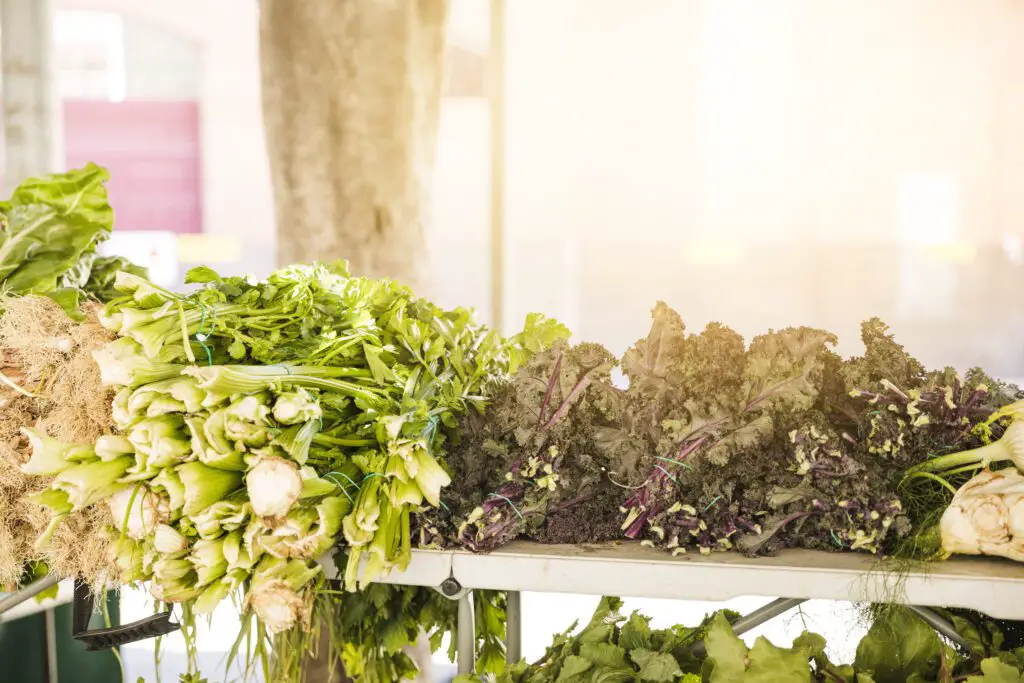
While wick systems have their limitations in terms of nutrient delivery, they still offer a viable option for many growers. By understanding the advantages and disadvantages of wick hydroponic systems, gardeners can make informed decisions on whether this method aligns with their specific needs and plant preferences.
• Limited nutrient delivery capability: Wick systems may struggle to provide sufficient nutrients to plants with high nutrient demands.
• Nutrients delivered passively: Unlike traditional hydroponic systems, wick systems rely on capillary action to draw the solution from the reservoir to the root zone.
• Inadequate for certain crops: Plants with vigorous growth or high nutrient demands, such as large fruiting plants or those requiring heavy feeding, may not thrive as well in wick systems compared to more sophisticated setups.
• Consider plant’s nutrient requirements: Growers should carefully consider the nutrient needs of their desired plants and select a hydroponic system that can adequately provide for those needs.
• Viable option for many growers: Despite its limitations, wick systems still offer a viable option for growers who understand its advantages and disadvantages.
9. Limited Nutrient Delivery: Wick systems may struggle to deliver sufficient nutrients to plants with high nutrient demands,
Wick systems, while efficient for many plants, may face limitations in delivering sufficient nutrients to plants with high nutrient demands. This is because the wick system relies on the passive movement of nutrients through the wick and into the growing medium. While this works well for plants with lower nutrient requirements, such as leafy greens or herbs, it may struggle to meet the needs of plants that require a more intensive nutrient supply.
For plants with high nutrient demands, such as fruiting crops or heavy feeders, a wick system may not be the most suitable option. These plants typically require a robust and consistent flow of nutrients, which may be difficult to achieve solely through the wick’s passive transport. In such cases, alternative hydroponic systems that provide more active nutrient delivery, such as drip irrigation or nutrient film technique, may be more appropriate.

It is important for growers to carefully consider the nutrient requirements of the plants they wish to cultivate before opting for a wick system. While wick systems offer numerous advantages like simplified setup, portability, reduced energy consumption, low maintenance, and versatility, their limitations in providing ample nutrients to plants with high nutrient demands should be taken into account. By understanding the specific needs of their chosen plants, gardeners can make informed decisions about which hydroponic system will best meet their goals for successful cultivation.
• Wick systems may struggle to deliver sufficient nutrients to plants with high nutrient demands
• The passive movement of nutrients through the wick and into the growing medium is not enough for plants with intensive nutrient requirements
• Fruit crops and heavy feeders often require a robust and consistent flow of nutrients, which may be difficult to achieve with a wick system alone
• Alternative hydroponic systems like drip irrigation or nutrient film technique provide more active nutrient delivery and may be better suited for high-demand plants
• Growers should carefully consider the nutrient requirements of their chosen plants before opting for a wick system
• Wick systems offer advantages such as simplified setup, portability, reduced energy consumption, low maintenance, and versatility
• However, their limitations in providing ample nutrients to high-demand plants should be taken into account
• By understanding plant needs, gardeners can make informed decisions about which hydroponic system will best meet their cultivation goals.
How do wick systems compare to other hydroponic systems in terms of setup difficulty?
Wick systems are known for their simplified setup process, requiring minimal technical knowledge. This makes them accessible to individuals with limited experience in hydroponics.
Can wick systems be easily moved from one location to another?
Yes, wick systems are lightweight and portable, allowing growers to easily move them indoors or outdoors as needed.
Do wick systems consume a lot of energy?
No, wick systems operate without the need for any external power source. Unlike other hydroponic systems that require pumps or electricity, wick systems have reduced energy consumption.
How often do wick systems require maintenance?
Wick systems have fewer moving parts compared to other hydroponic systems, reducing the need for regular maintenance. This also minimizes the risk of system failures.
What types of plants can be grown using wick systems?
Wick systems are versatile and can be used to grow a wide variety of plants, including vegetables, herbs, flowers, and even certain fruiting crops.
What is the main disadvantage of wick systems?
One disadvantage of wick systems is that they may struggle to deliver sufficient nutrients to plants with high nutrient demands.
Are there specific plants that may not thrive in wick systems?
Plants with high nutrient demands, such as those that require a heavy nutrient load, may not thrive as well in wick systems. It is important to consider the nutrient requirements of specific plants before choosing a hydroponic system.
Can additional nutrient supplementation be added to overcome the limited nutrient delivery in wick systems?
Yes, growers using wick systems can supplement with additional nutrients to meet the demands of plants with higher nutrient requirements. However, it is important to monitor and adjust nutrient levels carefully to avoid overfeeding or nutrient imbalances.

Kanike Sreekanth, a prolific writer at SouthElMonteHydroponics, brings a unique blend of creativity and scientific rigor to the table. With a degree in Horticulture from a prestigious institution, Kanike’s expertise spans hydroponic farming, plant biology, and agricultural sustainability. Their passion for exploring innovative cultivation methods and promoting environmental stewardship drives them to uncover new insights in the realm of hydroponics. Kanike’s writing serves as a conduit for sharing their knowledge and inspiring others to embrace alternative farming practices for a more sustainable future.

